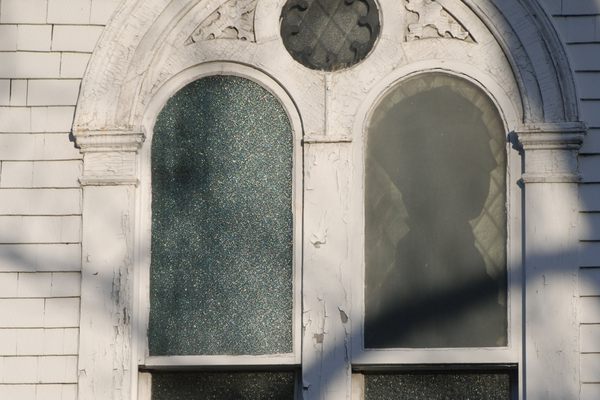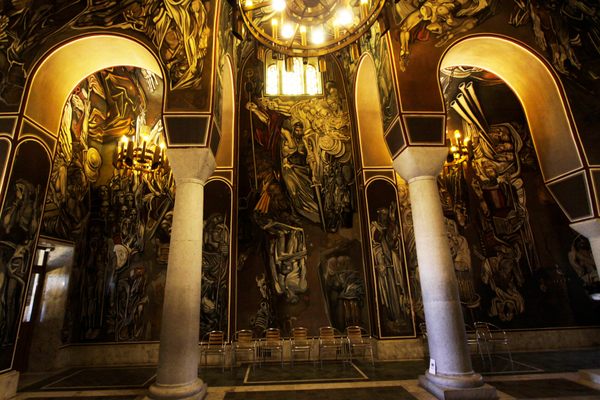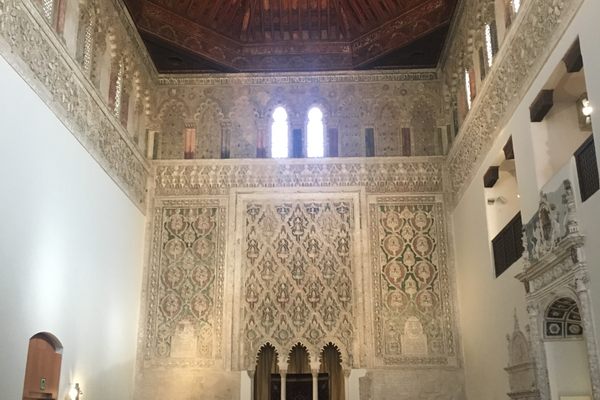About
Sometimes the smallest footprints make the deepest impacts. And such is the case for the .6-acre Plymouth Pillars Park, located in downtown Seattle on the corner of Boren Avenue and Pike Street. To the untrained eye, it might seem like just another corner community spot, but to those in the know, it is a nod to several important pieces of the Emerald City’s history.
The park, which gets its name from the four tall and elegant pillars that mark its presence, is like a time capsule for some of the most notable moments in Seattle history. Those same four pillars used to mark the entrance for the historic Plymouth Congregational Church, an important institution that espoused diversity and progressive thinking.
The church, associated with the United Church of Christ, was founded in 1869. Its first home was built in 1873 and remains significant for many reasons. In the late 19th century, when many in Seattle were expressing anger and hate toward the city’s Chinese immigrants, church officials spoke out in protection of the immigrants’ rights. Additionally, during the World's Fair of 1909 (the Alaska-Yukon-Pacific Exhibition), the church hosted the National American Woman Suffrage Association Convention in support of women’s right to vote. Later, in 1961, when the Reverend Dr. Martin Luther King Jr. made his sole visit to Seattle, Plymouth hosted the civil rights leader.
In 1965, after the Puget Sound earthquake, the church was damaged and later demolished. And while there is currently a new version of the church standing in Seattle, the original four pillars of the historic structure now mark the entrance to Pillars Park.
Related Tags
Know Before You Go
Along with the history embedded in the park, the space is also a popular destination for dog owners. Featuring a panoramic view of downtown Seattle, the dog park, which is located across Boren Avenue, offers a small, fenced-in .2-acre gravel area for dogs to run and play off-leash. It’s a place to enjoy a bit of the city’s outdoors along with some of its most important history.
Community Contributors
Added By
Published
April 4, 2018










































